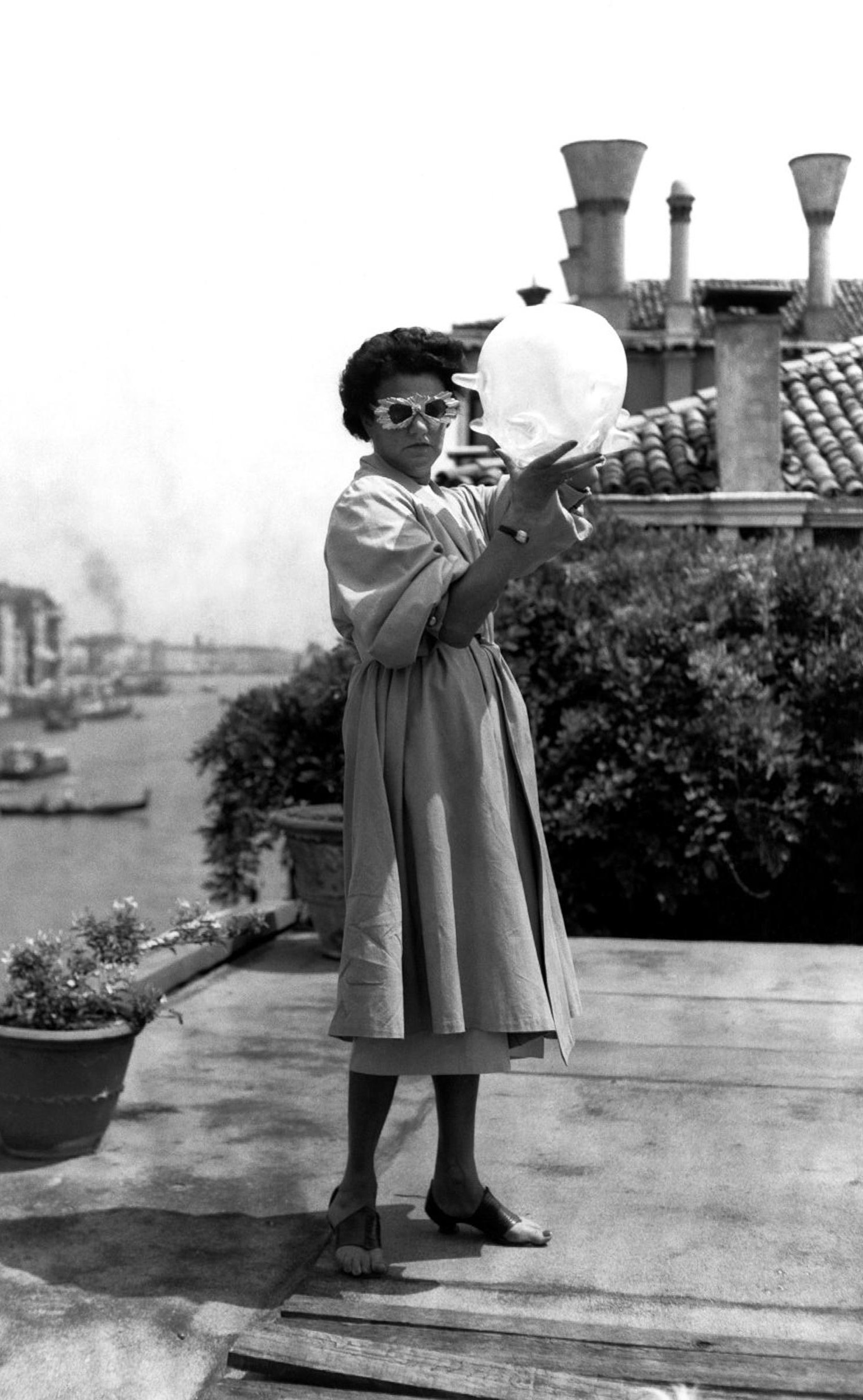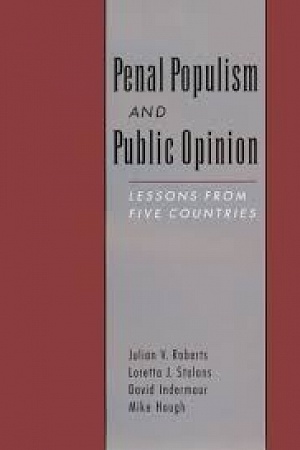Balanchine and the Lost Muse: Revolution and the Making of a Choreographer
Oxford University Press, $41.95 hb, 304 pp, 9780199959341
Balanchine and the lost muse
George Balanchine’s name is synonymous with ballet. We know him as a dancer in the post-revolutionary Soviet Union before his flight to the West in the early 1920s. After joining Diaghilev’s Ballets Russes as an innovative choreographer, Balanchine soon realised that moving to the United States would enable him to fulfil his creativity and ambition. In 1934 he founded the New York City Ballet, remaining its prime choreographer and ballet master until his death in 1983. He combined the classical aesthetic he learned at St Petersburg’s rigorous Imperial Ballet School with daring modernism. Collaborations with composers such as Stravinsky ensured that his ballets would remain icons of contemporary dance.
Continue reading for only $10 per month. Subscribe and gain full access to Australian Book Review. Already a subscriber? Sign in. If you need assistance, feel free to contact us.











Leave a comment
If you are an ABR subscriber, you will need to sign in to post a comment.
If you have forgotten your sign in details, or if you receive an error message when trying to submit your comment, please email your comment (and the name of the article to which it relates) to ABR Comments. We will review your comment and, subject to approval, we will post it under your name.
Please note that all comments must be approved by ABR and comply with our Terms & Conditions.